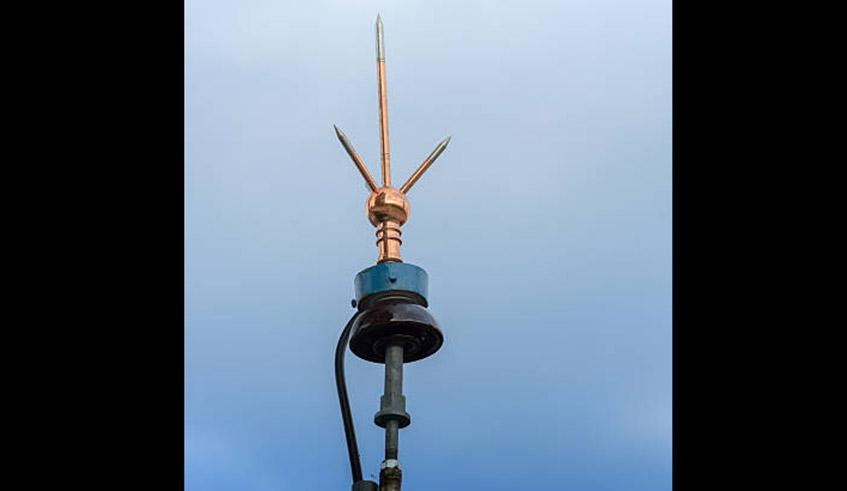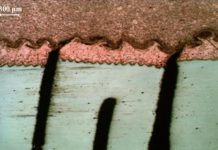Africa-Press – Liberia. A lightning conductor is a metal rod mounted on a structure and intended to protect the building from a lightning strike. If lightning hits the structure, it will preferentially strike the rod and be conducted to ground through a wire, instead of passing through the structure, where it could start a fire or cause electrocution.
The principle of the invention of a lightning rod was first revealed by Prokop Divis, a Czech scientist in 1753 but the use of a lightning conductor was already in use. In Russia, it was intentionally used during the construction of the leaning tower of Nevyansk in 1721.
In the same year when Divis invented the lightning conductor principle, Benjamin Franklin had already invented the lightning conductor structure as part of his ground-breaking exploration of electricity.
Later in the 19th century, the lightning rod became more of a decorative motif. And in 1820, William Snow Harris invented a system for fitting lightning protection to the wooden sailing ships of the day, but the British royal system refused to adopt the system till 1842.
Lightning conductors regained pace in the 1990s when they were installed on the Statue of Freedom in the US at the top of the Capitol building in Washington D.C.






